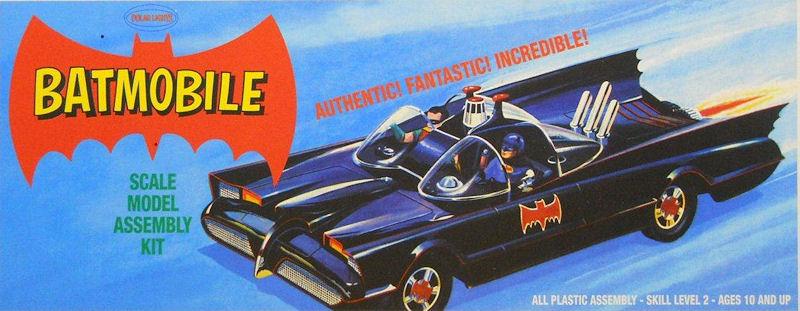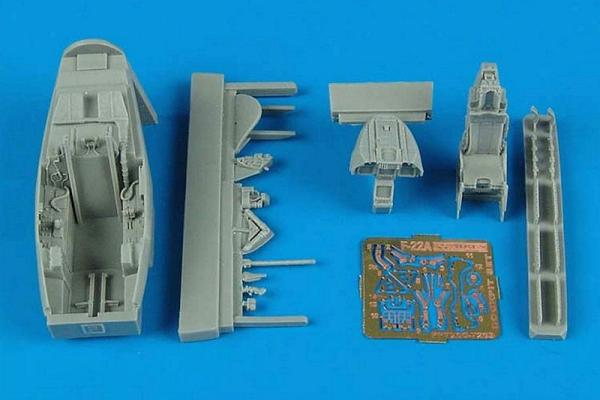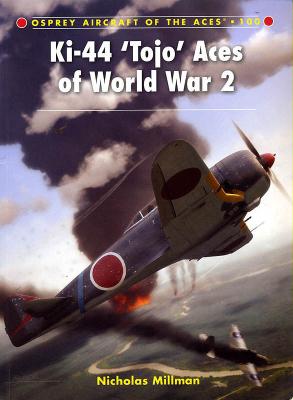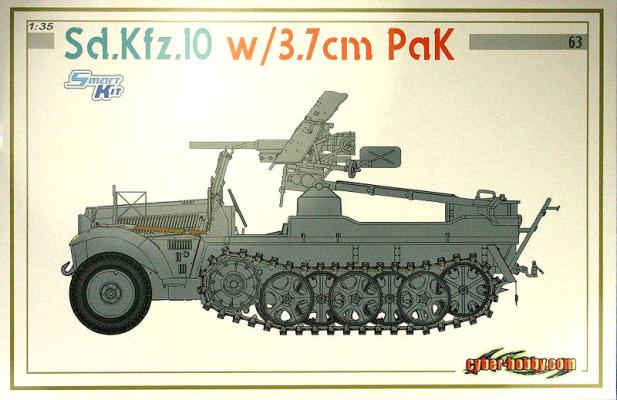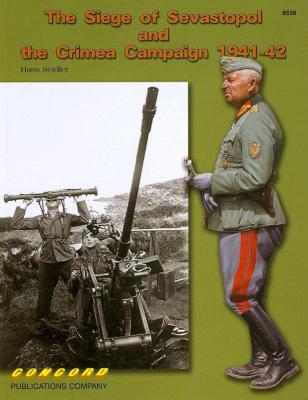The Subject
The Batmobile is the car of the fictional comic book superhero Batman, an iconic American character. The character of Batman first appeared in DC Comics’ Detective Comics #27 (May 1939). By 1940, Batman proved popular enough to spin off into his own dedicated comic, Batman. In the years since, there have been other comics, books, radio shows, television shows, and films featuring Batman and his related characters and equipment. The car used by Batman, called the Batmobile, appeared in the very first stories in 1939 and has evolved over the years. Perhaps the best known version is the vehicle that appeared in the 1960’s hit TV series Batman, which is the subject of this kit. Designed specifically for the TV show by famous customizer George Barris, the car was a heavily modified former Ford Corporation concept car called the Lincoln Futura.











